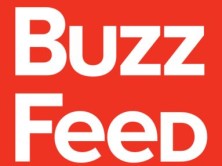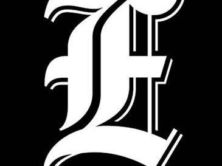NPPA ethics guidelines include a prohibition on eliminating undesirable elements in photos, such as the cord removed from the image on the right, March 2007. Photojournalist Allan Detrich was fired by the Toledo Blade for making this and other banned photo alterations. This comparison is found on the NPPA web site.
A Google search indicates that The Society of Professional Journalists (SPJ) Ethics Code may be more familiar to media watchers and journalists than the ethics code provided by The National Press Photographers Association (NPPA).
The “SPJ ethics code” has 38,000 Google search results, whereas, the search terms string, “NPPA ethics code,” shows only 6,580.
imediaethics wants readers to take a look. The NPAA Ethics Code‘s “Preamble” is worth quoting in total:
“Photojournalists operate as trustees of the public. Our primary role is to report visually on the significant events and on the varied viewpoints in our common world. Our primary goal is the faithful and comprehensive depiction of the subject at hand. As photojournalists, we have the responsibility to document society and to preserve its history through images.
“Photographic and video images can reveal great truths, expose wrongdoing and neglect, inspire hope and understanding and connect people around the globe through the language of visual understanding. Photographs can also cause great harm if they are callously intrusive or are manipulated.
“This code is intended to promote the highest quality in all forms of photojournalism and to strengthen public confidence in the profession. It is also meant to serve as an educational tool both for those who practice and for those who appreciate photojournalism. To that end, The National Press Photographers Association sets forth the following Code of Ethics:
“Ethics guidelines states: “Photojournalists and those who manage visual news productions are accountable for upholding the following standards in their daily work.”
1. Be accurate and comprehensive in the representation of subjects.
2. Resist being manipulated by staged photo opportunities.
3. Be complete and provide context when photographing or recording subjects. Avoid stereotyping individuals and groups. Recognize and work to avoid presenting one’s own biases in the work.
4. Treat all subjects with respect and dignity. Give special consideration to vulnerable subjects and compassion to victims of crime or tragedy. Intrude on private moments of grief only when the public has an overriding and justifiable need to see.
5. While photographing subjects do not intentionally contribute to, alter, or seek to alter or influence events.
6. Editing should maintain the integrity of the photographic images’ content and context. Do not manipulate images or add or alter sound in any way that can mislead viewers or misrepresent subjects.
7. Do not pay sources or subjects or reward them materially for information or participation.
8. Do not accept gifts, favors, or compensation from those who might seek to influence coverage.
9. Do not intentionally sabotage the efforts of other journalists.
The above code is an effective lens in which to view photojournalists and their work. The NPPA digital ethics code was published in earlier in imediaethics.





Comments Terms and Conditions